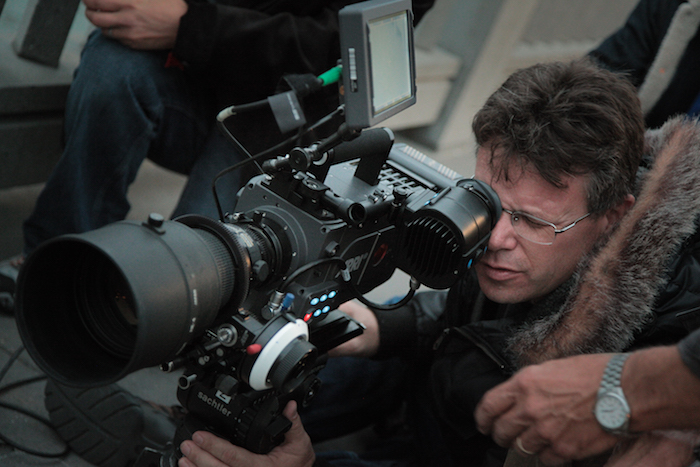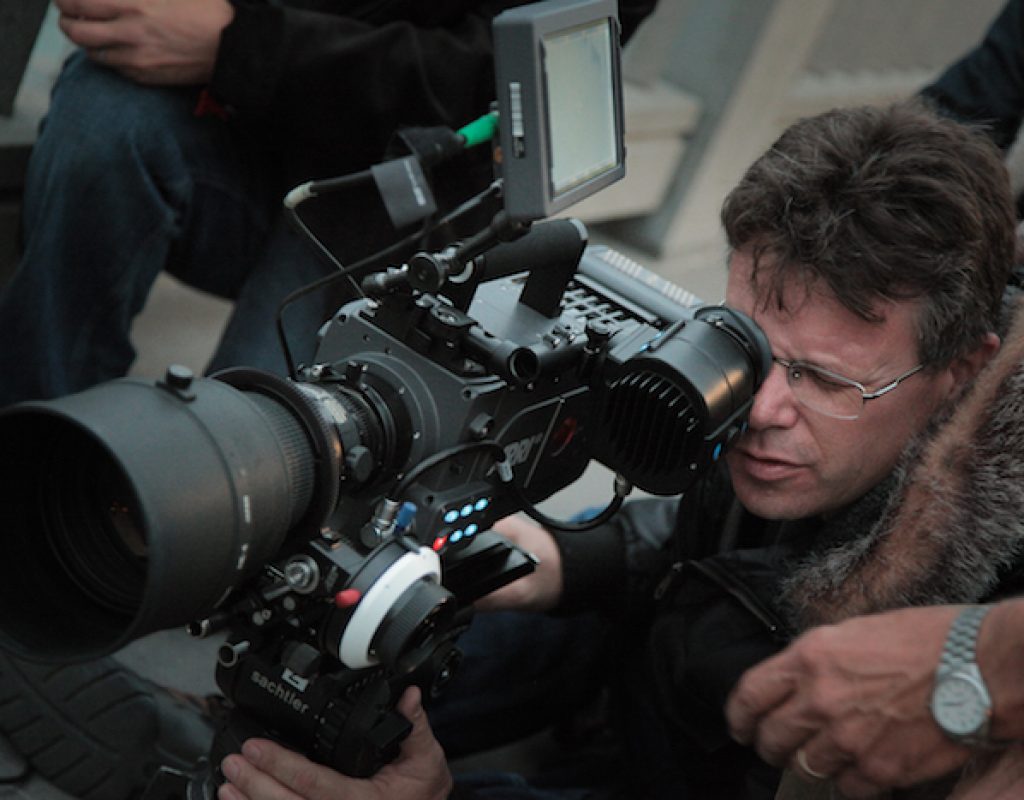If you’ve got some time to spare on January 19th, and you’re near Burbank, stop by and see me at the Arri Burbank Training Space.

My career is on an interesting path. I love shooting, but I’ve become an accidental technologist and teacher along the way. Long ago I started out in film as a camera assistant, but found it easier to find jobs in video as there weren’t so many people interested in hiring someone so young to shoot film. I was ambitious: while most people spent a decade or more as a camera assistant before moving up, I was chafing at the bit after about five years. It’s a good thing I didn’t know how much I didn’t know, as the thought of moving up so quickly, but being relatively clueless, now fills me with horror. Back then, though, I was blissfully unaware, and somehow I survived.
Learning video was a good move. Not only could I freelance as a day hire for magazine shows like Inside Edition and a Current Affair in between film gigs as a budding feature film operator and second unit DP, but I managed to become a creature of both worlds. That served me very well when I moved back to my native San Francisco Bay Area, having grown tired of the LA feature film and television grind, where the vast majority of the local work was video.
The San Francisco market was unique. Most of the sound people started out working on staff at rental houses: they’d be paid a salary, but were hired out on corporate and broadcast gigs at full rate, which their employers pocketed. In return for a two year commitment, the rental house trained them to become full time freelancers, while making some money off them along the way. The Bay Area has always been heavy on tech, so most of these sound people were also trained up as video engineers in order to maximize profits for the rental houses. One day they’d be mixing audio, and the next they’d be matching three cameras for a live event.
This was a huge advantage for me. Whereas in LA I was strictly responsible for video and the sound person was strictly responsible for audio, I found that my sound person would bring along a waveform monitor and vectorscope and paint the camera at the beginning of the day. Being the curious sort, I observed the process and asked a lot of questions. By the time the first film style cameras came out (the Sony F900 and the Panasonic Varicam), I was up to speed and ready to go. I was able to light for film, but shoot for video—and I knew enough to work to video’s strengths while avoiding, when possible, its weaknesses.
The release of the original RED ONE was a huge turning point. The camera was basically an alpha release, and through software updates RED built it in front of my eyes. Build 15 showed color shifts in clipped highlights while build 16 didn’t—and that clued me in to the fact that there was a lot more going on in software than I’d known. I would spend hours experimenting on that camera with the best video engineer in town. Fairly regularly I’d point out some weird thing that other cameras didn’t do, and he’d tell me, “Oh, they all do that, but other manufacturers hide it better.” And then, with the next software build, that weird thing would disappear.
As I learned, I wrote about what I learned. As more and more people read my theories and observations, I found that folks who knew a lot more about cameras than I did became willing to talk to me. And I learned even more.
REDs were a bit daunting early on, but the great thing about them was that they kicked all the other camera manufacturers into gear. Panavision released the Genesis, which eventually became the Sony F35. Panasonic stuck with the prism camera model and cranked out lots of variations on the Varicam, as well as the HDX-900, which became the “bargain Varicam” for a number of years. Arri launched the D20 and D21, which looked great but were a bit heavy and unwieldy. (A friend told me how he grabbed a shot of a kid fishing in a stream by wading into the water with his key grip, who anchored one side of the camera while he moved the other side.) Dalsa developed the Origin 4K camera, which was truly ahead of its time in functionality but severely behind the times in size and maneuverability.
It was truly the wild west.
Then came the Arri Alexa. I remember looking through the user interface and thinking, “These people get it.” The camera was simple, elegant, looked great, and was nearly indestructible. At one early demo the audience was told that one could pour a Coke through the intake vent at the top of the camera and the worst thing that would happen is that a PA would have to go to the nearest hardware store and buy another fan. And a few years ago at NAB Arri showed a camera that had been involved in a truck fire and still powered on even though, externally, it looked like a pile of molten slag.
I was captivated by both the dynamic range and the color. Fourteen stops of dynamic range was almost obscene. And the color was to die for. In particular, highlights rolled off beautifully in ways that other cameras couldn’t manage. Best of all, overexposed flesh tones looked great! In film it was common to light and expose older actresses a stop or two brighter than everyone else, both to make them stand out but also to push skin imperfections up into the shoulder of the film’s gamma curve, where they’d compress and become less noticeable. Alexa was the first camera that allowed me to perform this same trick. Video’s great weakness, until then, had been overexposure latitude: most cameras didn’t allow for many stops of overexposure before hitting white clip, and colors would severely distort flesh tones on the way. Alexa gave me seven stops of overexposure headroom without any compromises.
With the release of each new camera—from Arri, Sony, RED, Panasonic, Canon—I always ask myself, “Why does this camera look the way it does? What is it doing differently? How can I bend this thing to my will? How can I make it do things the manufacturer never intended?” Along the way I’ve learned tons about camera design, physics, color perception, optics, and codecs. I didn’t plan this; it just happened!
I never set out to teach. I just tried to become a better cinematographer by learning everything I could about my tools in order to create better images faster. After a while I found joy simply in learning new things and “solving the riddles” of the next big camera, and eventually found an audience with which I could share my discoveries.
And here we are.
If you’re interested in attending this Arri Academy event and geeking out with me, you can sign up here.
I’m honored to be part of this event, and who knows: you may see me at more Arri training events in the future.

Filmtools
Filmmakers go-to destination for pre-production, production & post production equipment!
Shop Now













